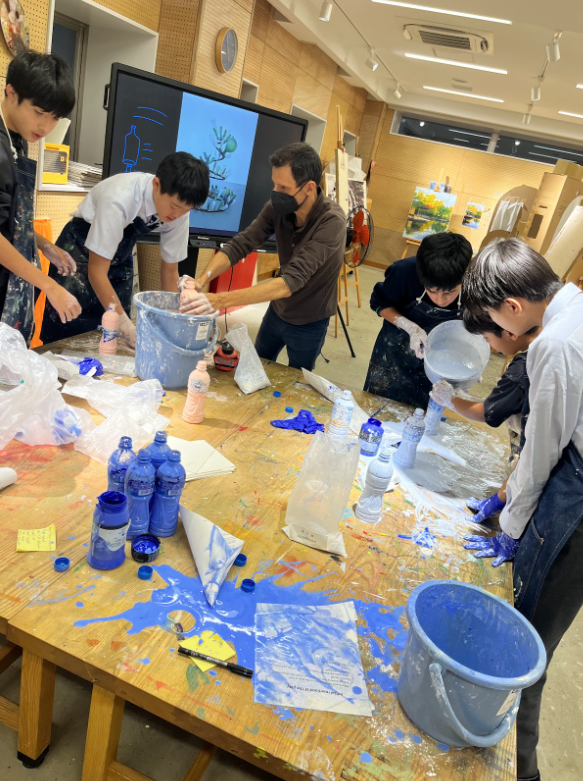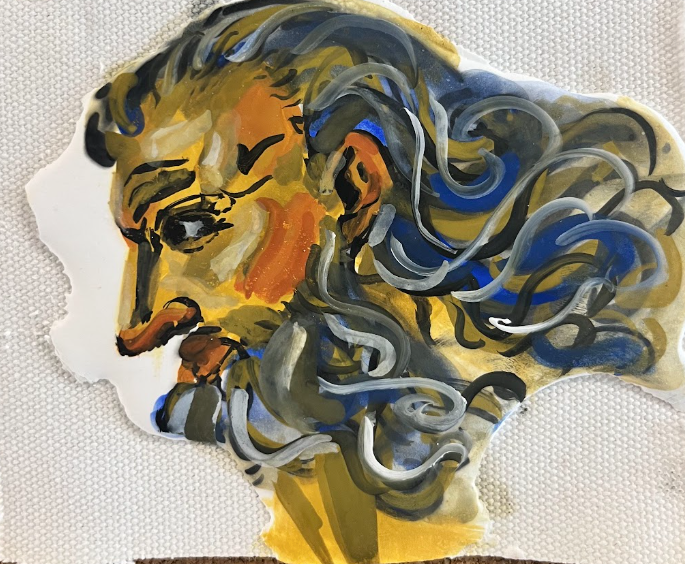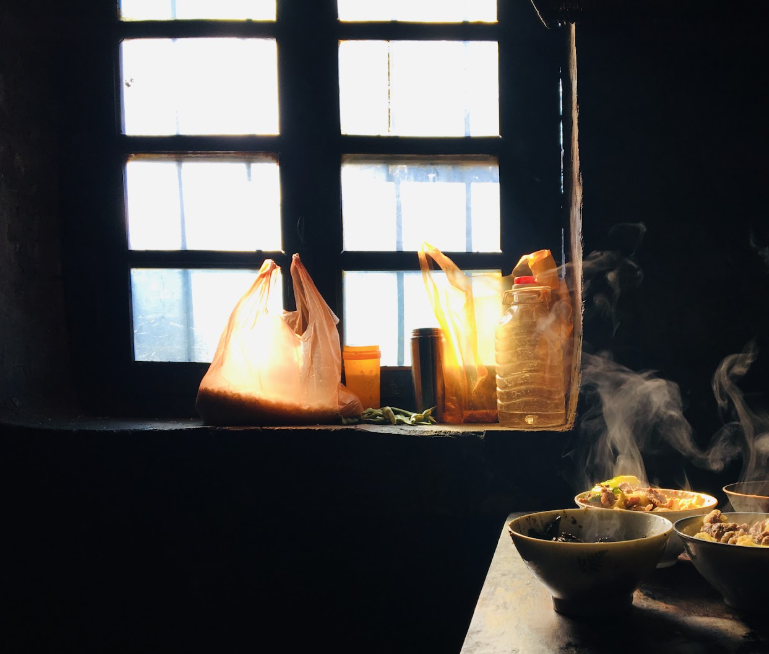Co-curricular activities in the arts play an important role in helping children grow and develop, they are a key area of the RSJ Co-curricular programme. These activities, alongside normal school lessons, provide unique opportunities for children to explore creativity, build critical life skills, and engage with their communities. Whether through hands-on processes, intellectual exploration, or competitive challenges, co-curricular programs in the arts nurture personal growth and social connections. These programs offer invaluable benefits that extend far beyond the classroom, our co-curricular activities fall into 4 areas: fun, giving back to the community, expanding academic study and competitions.
Fun: Exploring Printmaking and Sculpture

One of the most delightful aspects of co-curricular art programs is the emphasis on the joy of creation. Unlike academic lessons, where outcomes may carry significant weight, co-curricular activities often focus on the process itself. In Printmaking and Sculpture clubs, for instance, children can experiment with new materials, techniques, and ideas without the pressure of achieving perfection.
This term, students in the Printmaking club have discovered how juice cartons can be transformed into tools for etching. Meanwhile, the Sculpture club embraced messy and exciting work, using plastic bottles to create collaborative sculptures. These experiences not only allow children to develop artistic skills but also foster collaboration across age groups and a sense of enjoyment in simply making art.
Giving Back: Community Art and Curation
Co-curricular activities in the arts can also cultivate a sense of social responsibility and community engagement. Community Art and Curation projects give children a platform to connect their artistic talents with meaningful causes. For example, students are currently working in collaboration with the Japan Plant Factory Association to create artworks to communicate their groundbreaking science work. Pupils are also developing exhibitions both in and out of school to showcase pupil work and create a vibrant campus environment. Through such initiatives, pupils learn to use their artistic voice to contribute positively to society, building empathy and understanding along the way.
Expand Academic Study: Junior Art History and Senior Academic Support

The arts provide an excellent avenue for intellectual growth, and co-curricular programs like Junior Art History and Senior Academic Support illustrate this beautifully. Junior Art History encourages younger students to explore the evolution of artistic styles and movements, sparking curiosity and critical thinking. Last term pupils learnt all about the Renaissance, even having a go at painting their own frescoes. Similarly, Senior Academic Support provides older students with opportunities to refine their skills, and prepare for academic pursuits in the arts. These activities help children broaden their perspectives, enhancing their understanding of culture, history, and human expression.
Competitions: Photography and Art Competitions

For pupils who thrive on challenges, co-curricular activities often include opportunities to participate in competitions, for example our half termly photography competition which is open to all pupils as well as staff. Our contests encourage students to hone their craft, think innovatively, and push the boundaries of their creativity. Winning awards not only boosts confidence but also highlights the value of dedication and hard work. These experiences can be transformative, inspiring children to pursue their passions with greater enthusiasm. Our most recent Photography competition winner was Rayna (Yr 10) for her beautifully lit photography on the theme of ‘Food’.
Co-curricular activities in the arts are far more than just extracurricular pastimes; they are essential components of a well-rounded education. By allowing children to experiment, give back, expand their minds, and aim for excellence, these programs enrich both personal and social development beyond the classroom.